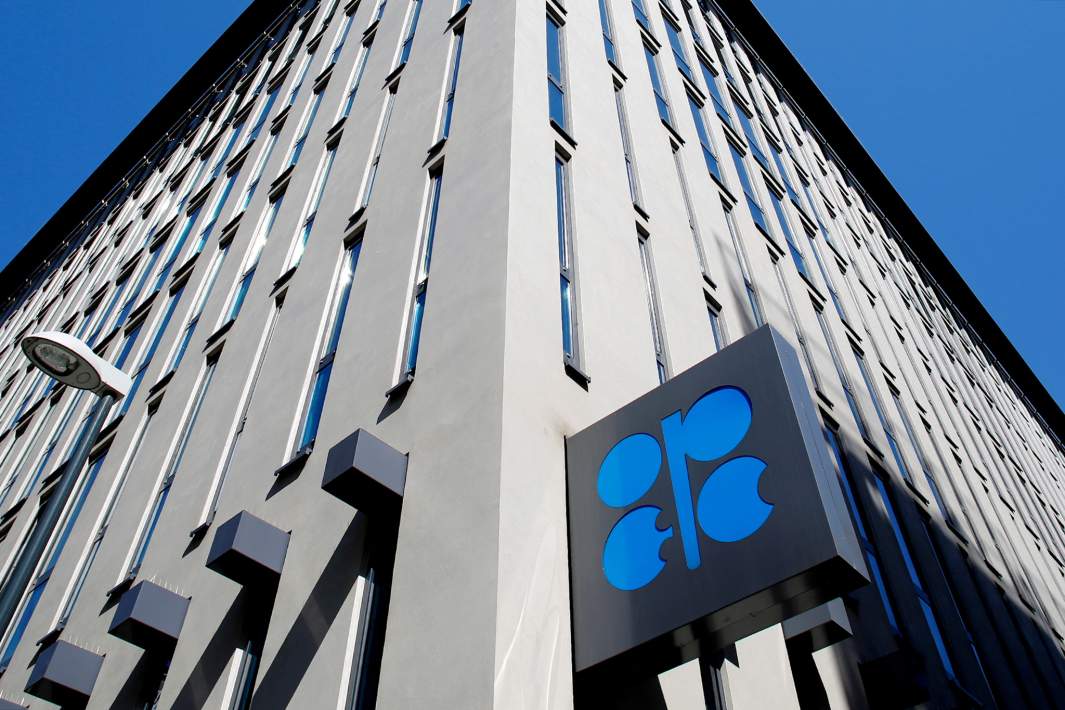
Novak did not rule out increasing supplies within OPEC+
By Rhod Mackenzie
The economies of most Western oil consumers are growing slowly or not growing at all. Furthermore, Russia’s BRICS partners are not the audience from which OPEC+ would intend to earn windfall profits. Therefore, oil has outlined a smooth compromise corridor, which can only be directed upward by the troubled Middle East issues.
Oil was trading in the red at the start of Asian trading on Wednesday, 8 May. Overall, the morning decline was relatively minor, but when considered in the context of the previous day's fall, oil prices reached a two-month low. Consequently, futures for Brent oil declined by 0.36% to $82.86 per barrel. Futures for US West Texas Intermediate crude fell 0.32% to $78.13 per barrel.
US crude oil inventories increased by 509 thousand barrels in the week ending 3 May, according to the American Petroleum Institute (API). Gasoline and distillate fuel inventories also rose. Reuters, citing ING analysts, expressed concerns about weaker-than-usual demand for gasoline in the United States.
Russian Deputy Prime Minister Alexander Novak added intrigue. The OPEC+ group is still evaluating the potential for increased oil production, but will act if necessary, according to a statement released by the Russian Deputy Prime Minister on Tuesday. As reported by Interfax, the official noted that any decision would depend on the current situation and the balance of supply and demand.
"Everything is analysed. At this stage, there is no need to forecast anything; it is sufficient to observe how the market is doing," he added. However, the veil over the future was partly lifted. According to Novak, OPEC+ members are "continuously monitoring the situation, and our plan for the second quarter is that these voluntary cuts can be adjusted to increase supply if necessary."
"This is an ongoing process," he noted.
The third significant factor is the easing of tensions in the Gaza Strip. Economist Bill Weatherburn of Capital Economics notes that the decline in oil prices following the Iranian and Israeli retaliatory attacks suggests that some of the risk premium in prices has now fallen. He adds that prices continue to be supported by OPEC+ production cuts, but that the organisation will gradually reverse these cuts from July, leading to lower oil prices.
Brent oil has been showing weakness for the sixth consecutive day, trading below the 200-day moving average, according to Lyudmila Rokotyanskaya, an expert on the stock market at BCS World of Investments. At the same time, fundamental factors still indicate asset growth, but technical analysis indicates the opposite. The analyst notes that there may be something we are not taking into account or some information that is not yet available to us.
The decline in prices was triggered by news of a potential ceasefire in the Middle East. Despite the failure of Israel and Hamas to reach an agreement on this issue, oil continued to weaken. Today, there has been another escalation of the conflict, but oil has not reacted. Additionally, prices have been affected by data from the United States on the growth of crude oil reserves in the country.
Globally, the OPEC+ policy to reduce supplies, the revival of demand from China, and the approaching automobile season in the United States are all contributing to an increase in quotes.
Yesterday, Lyudmila Rokotyanskaya of the US Energy Information Administration published a further short-term forecast for the energy market. The department's calculations indicate that the spot price of Brent oil will remain at $90 per barrel this year and will fall to $85 in 2025 as global production increases. The average Brent price for 2024 is forecast to be $80 per barrel. The analyst also notes that the market is likely to experience high volatility.
Nikolai Vavilov, a specialist in the strategic research department at Total Research, also identifies political instability as a key factor influencing the oil agenda. The failure of Israel and Hamas to agree on a truce last weekend is supporting oil prices at current levels, given the persisting geopolitical tensions in the Middle East.
Furthermore, the expert notes that the largest state-owned oil company in Saudi Arabia, Saudi Aramco, announced at the same weekend that in June, selling prices for oil exported to Asia, shipped from the kingdom, would be increased. The cost of the main variety supplied to Asia, Arab Light, will increase by $0.9 per barrel. Consequently, the new price will be $2.9 higher than the previous value.
Additionally, at 17:30 Moscow time, the most significant macroeconomic data on crude oil reserves in the United States is traditionally released, which significantly impacts the sentiment of oil traders and, consequently, their speculative transactions. "It is therefore unsurprising that the market is calm in the run-up to such significant events, as stock investors await any significant information to drive oil prices in a particular direction," Nikolai Vavilov asserts.
